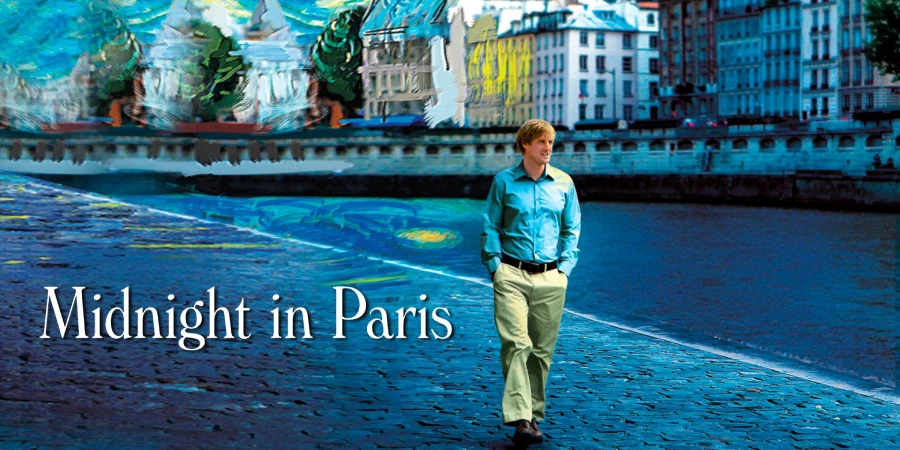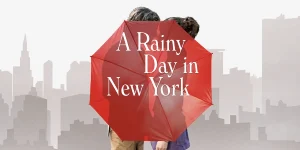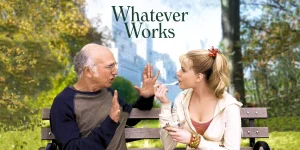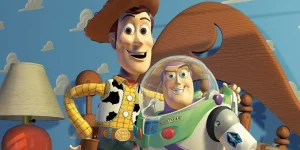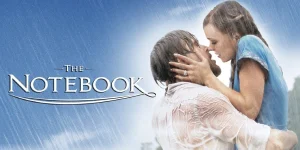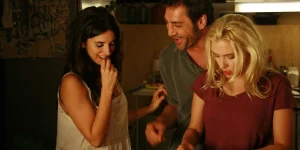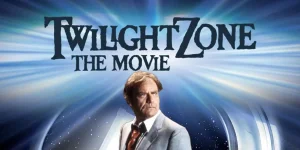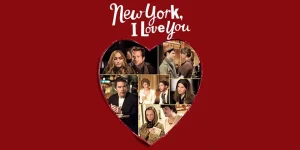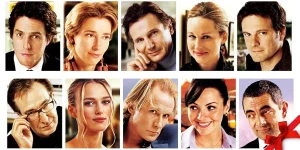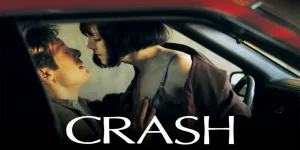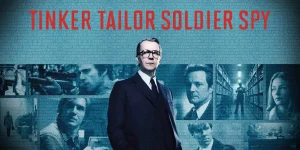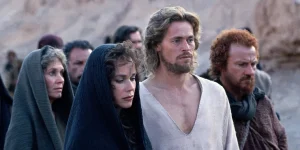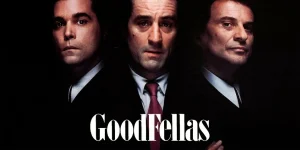Midnight in Paris is a whimsical romantic comedy-drama directed by Woody Allen, blending fantasy, time travel, and a love letter to Paris. It’s a film about nostalgia, self-discovery, and the allure of different eras.
Table of Contents
ToggleDetailed Summary
Introduction: A Writer in Paris
Gil Pender (Owen Wilson) is a successful Hollywood screenwriter who dreams of writing serious novels. He visits Paris with his fiancée Inez (Rachel McAdams) and her wealthy, materialistic parents. While Inez enjoys shopping and socializing with her snobbish friends, Gil falls in love with the city’s atmosphere, especially its rainy nights.
The First Midnight Walk
One night, while wandering the streets alone after Inez goes dancing with an old friend, Gil gets lost. As the clock strikes midnight, a mysterious 1920s-era car pulls up. The passengers invite him in, and he suddenly finds himself transported to the Paris of the Jazz Age.
Meeting the Legends of the 1920s
Gil encounters famous figures from the past: F. Scott Fitzgerald (Tom Hiddleston), Zelda Fitzgerald (Alison Pill), Ernest Hemingway (Corey Stoll), Gertrude Stein (Kathy Bates), Pablo Picasso, and Salvador Dalí (Adrien Brody). He is enchanted by this world and inspired by their creativity and eccentricity. He also meets Adriana (Marion Cotillard), Picasso’s beautiful mistress, who longs to live in an even earlier era—the Belle Époque.
The Double Life
Each night, Gil returns to the 1920s, developing feelings for Adriana. During the day, he becomes increasingly disenchanted with Inez, who is clearly incompatible with his romantic worldview. His late-night adventures begin to clash with his real-life relationships, and Inez grows suspicious.
Going Even Further Back
One night, Gil and Adriana are mysteriously transported from the 1920s to the Belle Époque. Adriana is thrilled, believing she has finally found her “perfect” time. However, they meet artists like Henri de Toulouse-Lautrec and Paul Gauguin, who confess they wish they lived in the Renaissance. Gil realizes the pattern—people in every era believe a past era was better.
Movie Ending
Gil understands that living in the past is a trap and that idealizing a bygone time prevents people from appreciating the present. He decides to break up with Inez after discovering she cheated on him with her pretentious friend Paul. Choosing to stay in Paris and embrace the present, Gil goes for a late-night walk. He meets Gabrielle (Léa Seydoux), a charming antiques dealer who also loves Paris in the rain. The movie ends with them walking together as it starts to rain, suggesting a hopeful, new beginning rooted in reality, not nostalgia.
Are There Post-Credits Scenes?
No, Midnight in Paris does not have any post-credits scenes. Once the film ends, there’s nothing hidden afterward.
Type of Movie
Romantic comedy-drama with elements of fantasy and magical realism.
Cast
- Owen Wilson as Gil Pender
- Rachel McAdams as Inez
- Marion Cotillard as Adriana
- Corey Stoll as Ernest Hemingway
- Kathy Bates as Gertrude Stein
- Adrien Brody as Salvador Dalí
- Tom Hiddleston as F. Scott Fitzgerald
- Léa Seydoux as Gabrielle
- Michael Sheen as Paul
Film Music and Composer
The soundtrack features classic French music and jazz, with the score by Vince Giordano and his band, The Nighthawks. Songs include Cole Porter’s standards and 1920s-era jazz, perfectly evoking the time-travel sequences.
Filming Locations
Shot entirely in Paris, including:
- Musée Rodin – where Gil meets Gertrude Stein
- Pont Alexandre III – the romantic bridge in the final scene
- Maxim’s – the Belle Époque nightclub
- Shakespeare and Company – iconic English-language bookstore
These locations enhance the film’s authenticity and its romanticized view of Paris.
Awards and Nominations
- Won: Academy Award for Best Original Screenplay (Woody Allen)
- Nominated: Best Picture, Best Director, Best Art Direction at the Oscars
- Won several critics’ awards for screenplay and ensemble cast.
Behind the Scenes Insights
- Woody Allen rarely uses fantasy in his films, making this time-travel premise unique in his career.
- The film’s opening montage of Paris was inspired by Manhattan’s opening but in daylight and with French charm.
- Marion Cotillard’s role was inspired by Allen’s fascination with muse-like figures in art history.
- Corey Stoll’s Hemingway performance became a fan favorite, leading to more offers for period roles.
Inspirations and References
Based on Allen’s love for Paris and literary history, the film heavily references real 1920s expatriate writers and artists. It also draws inspiration from the idea of “Golden Age Thinking” — believing another time period was superior to the present.
Alternate Endings and Deleted Scenes
Deleted scenes include:
- A longer conversation with Cole Porter at the piano.
- A subplot involving more interaction between Inez’s parents and Gil’s writing ambitions.
No alternate ending was filmed; Allen is known for sticking to his original conclusions.
Book Adaptations and Differences
There is no novel the film is directly based on, but the script reads like a literary work. Thematically, it echoes essays on nostalgia and time by authors like Proust.
Memorable Scenes and Quotes
Key Scenes
- Gil’s first midnight walk and meeting the Fitzgeralds.
- Salvador Dalí ranting about rhinoceroses.
- Adriana choosing to stay in the Belle Époque.
- Gil breaking up with Inez.
Iconic Quotes
- “That’s what the present is. It’s a little unsatisfying because life is a little unsatisfying.” – Gil
- “I believe that love is true and real, and I believe in love at first sight.” – Gil
- “Nostalgia is denial—denial of the painful present.” – Paul
Easter Eggs and Hidden Details
- The 1920s scenes include historically accurate drinks, slang, and fashion researched from the era.
- The cameo of Cole Porter singing was a nod to his real Paris performances in the ’20s.
- The movie subtly mirrors The Purple Rose of Cairo, another Allen film about stepping into another world.
Trivia
- This became Woody Allen’s highest-grossing film ever.
- Owen Wilson replaced David Krumholtz, who was initially considered for the role.
- The rain scenes were shot with actual light rain machines to create a romantic texture.
Why Watch?
Because it’s not just a film — it’s a love letter to Paris, creativity, and the idea that the present, imperfect as it is, might be the best time to be alive.
Director’s Other Movies
- Annie Hall (1977)
- Manhattan (1979)
- Vicky Cristina Barcelona (2008)
- Blue Jasmine (2013)
- A Rainy Day in New York (2019)
Recommended Films for Fans
- The Purple Rose of Cairo (1985)
- Amélie (2001)
- A Rainy Day in New York (2019)
- Before Sunrise (1995)
- Paris, je t’aime (2006)

